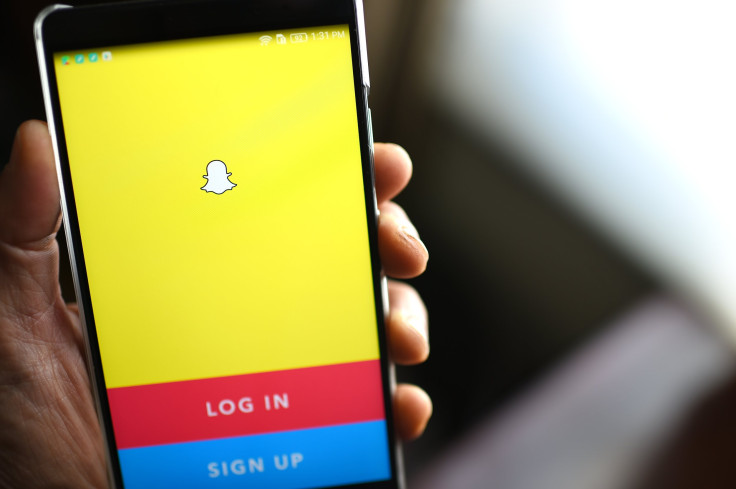Snapchat Adds Visual Search Feature To Link Photographed Products To Amazon Pages

After some recent struggles, photo-sharing app Snapchat continues to introduce new features. Snap, Inc. (SNAP) announced Monday that Snapchat users would soon be able to browse and purchase products from Amazon simply by taking photos of products within the Snapchat app.
The feature, called Visual Search, will roll out slowly starting this week. Not all users will get it at the same time, according to Snapchat. The app maker promised the feature was “super easy to use,” as users apparently just need to aim the camera at an item or a barcode, and then hold their finger down on the screen.
After that, they should see an Amazon link for the product in the camera frame. The link will take them to either the product page in a web browser or the Amazon mobile app.
“Snapchat has always been the fastest way to communicate, and now it's the fastest way to shop,” Snapchat’s announcement said.
Amazon pays up to 10 percent in commissions to external sources that link to its product pages, which could be one incentive for Snapchat to introduce this feature, according to the Los Angeles Times. However, it could be a hint at Snapchat and Amazon going further with each other down the road.
NYU marketing professor Scott Galloway told the L.A. Times that Amazon could eventually buy Snapchat. Snap CEO Evan Spiegel would never sell to archrival Facebook, per Galloway, but if things continue to get dire for Snap, he may consider selling to Jeff Bezos’ e-commerce empire.
Snap shares rose by around 2.75 percent in the aftermath of the announcement Tuesday morning, but the company continues to struggle. Shares of Snap are trading $9.14 after trading at $21.22 in February. Snap had its IPO in March 2017, trading at $24.00.
Since its controversial app redesign in late 2017, Snap has had a difficult time retaining its audience. The app maker reported a loss of 3 million daily active users in the second quarter of 2018.
© Copyright IBTimes 2024. All rights reserved.





















